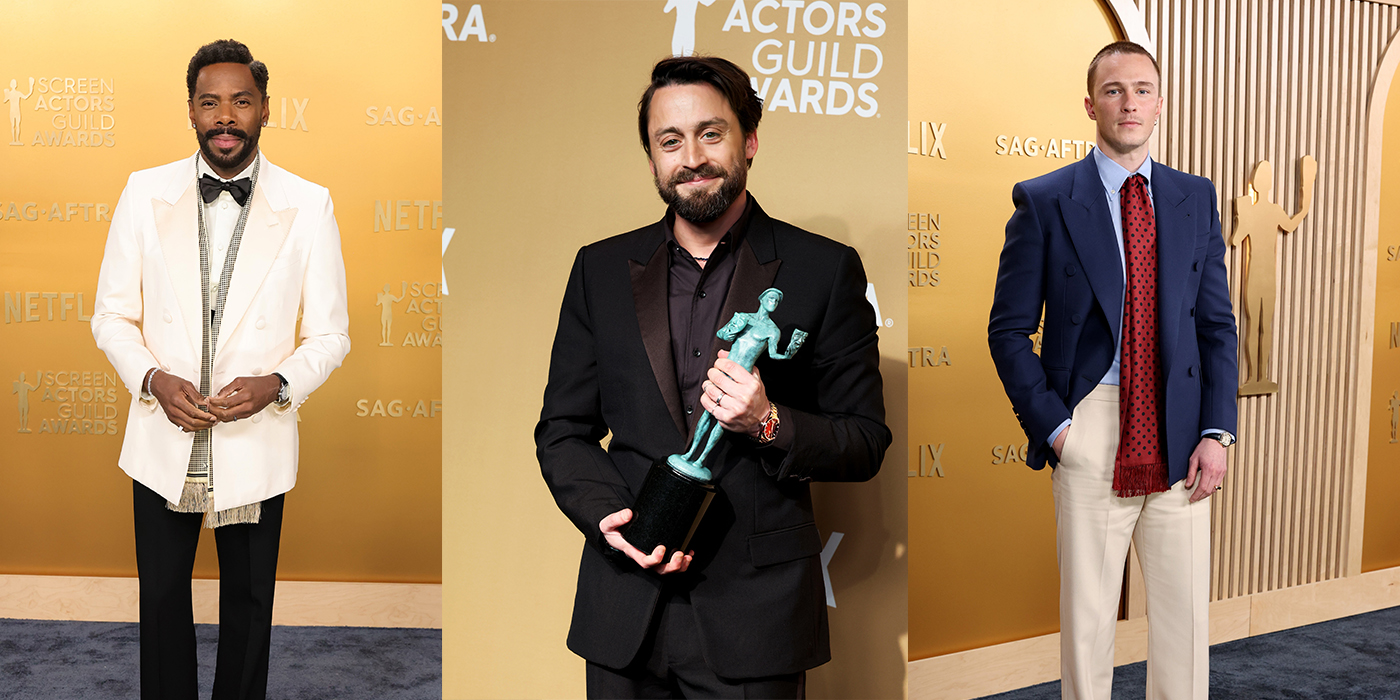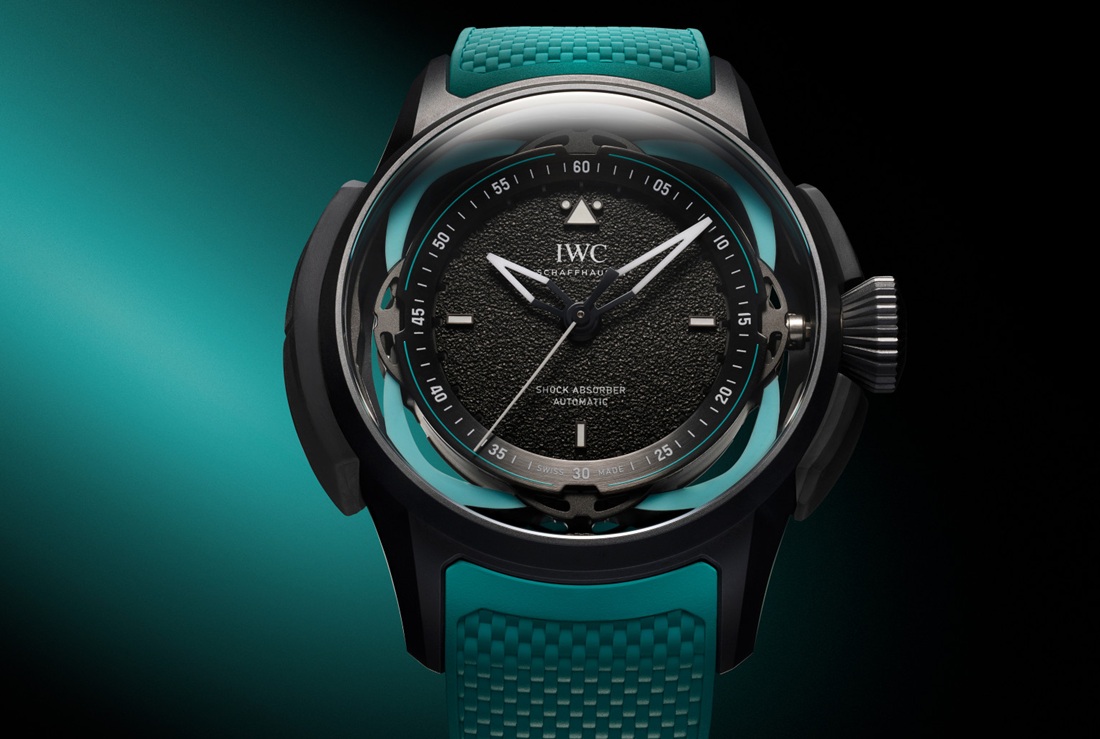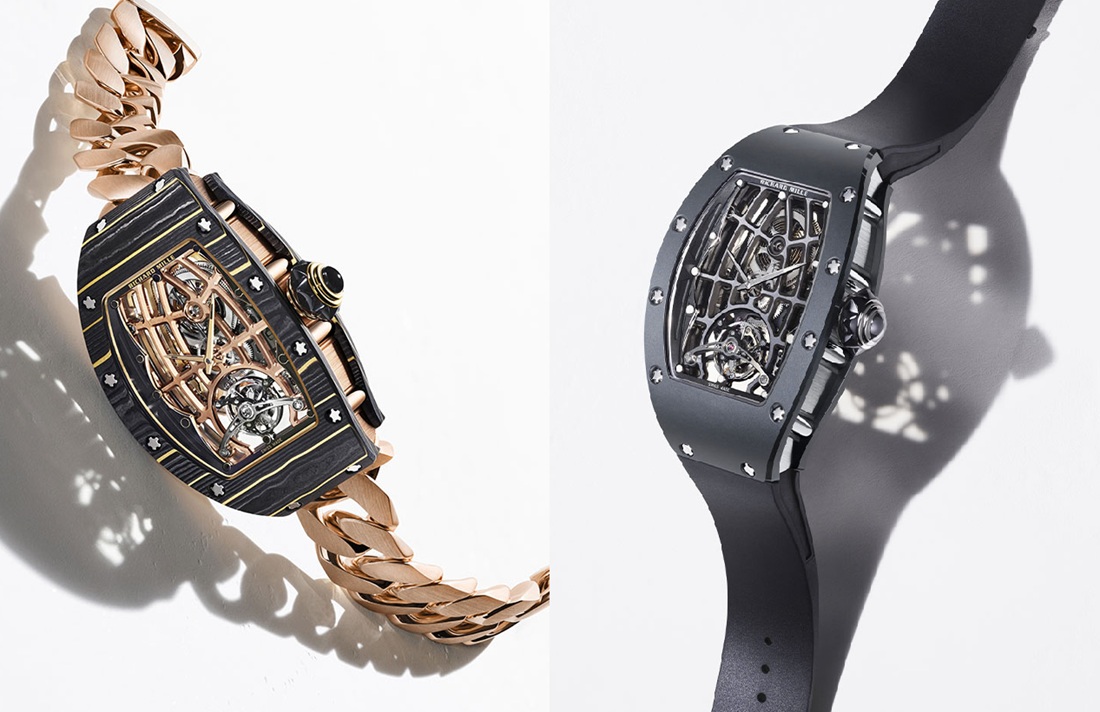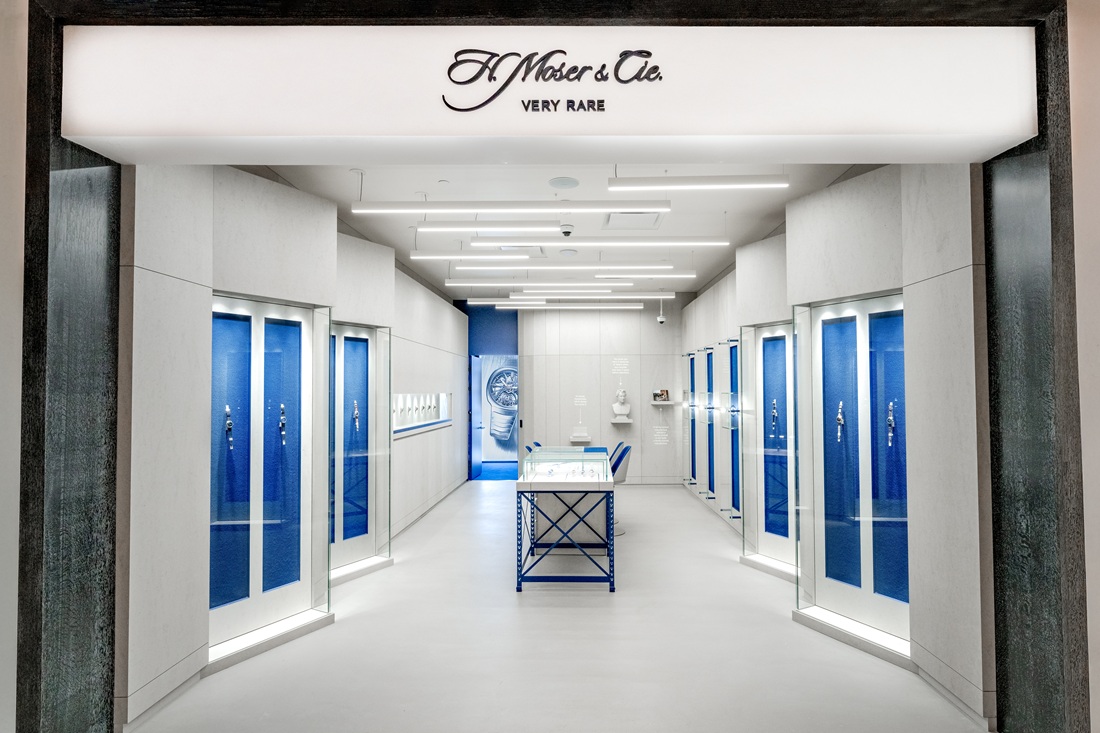
Lang Lang: A Time Of Reflection
He started practicing at 3, gave his first public recital before the age of 5, entered Beijing’s Central Conservatory of Music at 9, won First Prize at the International Tchaikovsky Competition for Young Musicians at 13 and was playing with the Chicago Symphony Orchestra by 17. He has performed for Pope Francis, Queen Elizabeth II and Barack Obama, received one of three honorary doctorate degrees from His Royal Highness, The Prince of Wales and brought down the house at the Grammy’s alongside Metallica, Herbie Hancock and Pharrell Williams. His presence has been requested at the Olympics, the FIFA World Cup and a Nobel Prize dinner. Yet, unbelievably, international superstar Lang Lang is finally getting the break he’s really been waiting for his entire life… a literal one.
The pain in his left arm started last year. The prognosis: tendonitis, an inflammation of the tendon. The healing was expected to begin quickly; it didn’t. Almost a full year later, his road to recovery is still being paved. But this detour from his regular path afforded him a rare opportunity: time to just be.
“This year was relaxing,” he admits. “I couldn’t play, so I had a lot of time to think about my life. For 20 years, I’ve always had the continuity of practicing and traveling every other day. I’m trying to enjoy the time I never had before. Now, I have the time to reflect, to rethink, to restart.”
He also finally has the time to figure out what he wants from life. Growing up in Shenyang, Liaoning, China, he was driven to succeed at a young age by his father, who gave up his job as a policeman—as well as his marriage—to manage Lang Lang’s career. At 9, when his music teacher declared him talentless, his father, Lang Guoren, quietly suggested that his son commit suicide. He ignored his father, and worked even harder.
And his unfailing, relentless work eventually paid off. Testament to this is that he sells out concerts in every major city around the globe, including Carnegie Hall, the Royal Albert Hall and the Sydney Opera House. He is the first Chinese pianist to perform with the Berlin and Vienna Philharmonic Orchestras. He also has formed ongoing collaborations with some of the world’s best composers, including Sir Simon Rattle, Gustavo Dudamel, Daniel Barenboim and Christoph Eschenbach. He serves on the Weill Music Institute Advisory Committee and is the youngest member of Carnegie Hall’s Artistic Advisory Board. He was invited to perform for millions at the 2008 summer Olympics in Beijing. Since making his professional debut at 17, he’s been picked as one of 250 “Young Global Leaders” by the World Economic Forum; has been honored by the Ministry of Culture by the People’s Republic of China; earned the Order of Merit by the Federal Republic of Germany; and was presented with the Medal of the Order of Arts and Letters by the French Minister of Culture. Time magazine has named him one of the 100 influential people in the world. Heck, his name is even trademarked.
All this by the age of 35… and it doesn’t stop there. This year, Lang Lang will celebrate the 10th anniversary of his nonprofit, the Lang Lang International Music Foundation, which is aimed at cultivating up-and-coming pianists, championing music education and building a young audience through live musical experiences. Its focus is inspiring public school children who might not have the economic resources to learn music in a casual way without paying an exorbitant fee, giving them the chance to live out their musical dreams.
Like everything else he set out to do, the Foundation has become an unequivocal success. Not only has it been awarded with an ECHO Klassik award, but Lang Lang himself has been designated as a Messenger of Peace by the Secretary-General of the United Nations as a result.
In fact, he has been so successful in inspiring 40 million Chinese children to learn the piano that the phenomenon known as “The Lang Lang effect” has branched into local schools in the U.S.

Although his own learning experience is quite different from the one he provides others, Lang Lang firmly believes that playing the piano doesn’t have to be painful. “I believe learning [to play] the piano is not just hard work, it’s not just sophisticated progress,” he says. “It absolutely can be a lot of fun. When I was a kid, I was very, very into cartoon music, like Tom and Jerry and Transformers.”
Through his new publishing program, the Lang Lang Piano Academy, produced in collaboration with Faber Music, a cartoon Lang Lang takes young pianists through five progressive books, each of which explores piano technique. For beginners, it’s all about “the storyline and storytelling and giving life to the music,” Lang Lang says. “The best way to do that is with cartoon stories. It’s not just playing this key, this note, this melody. That’s boring. Kids will like this because they’ll be playing games… they like the journey behind the storyline.”
This animated publishing program is also, incidentally, employed through Keys of Inspiration via the Foundation: a three-year public school partnership program for grades two through five that serves as a model for urban public school music programs across the country. Selected schools receive a fully equipped piano lab, teaching materials and workbooks, as well as a financial grant of $30,000, paid annually for three years.
Teaching others how to tell a story is familiar territory for Lang Lang, who shared his story with the world in 2008 by releasing his autobiography, Journey of a Thousand Miles, which documented the utterly fantastical but true story of his life, highlighting his parents’ marriage, his fractured childhood and his tenuous relationship with his father. It was released in 11 languages alongside a special version aimed at younger readers, Playing with Flying Keys, yet another successful bid to pass along his hard-earned knowledge to a younger generation.
The key to keeping kids’ interest is the presentation. “I think music is the same thing [as a game],” he explains. “Music is a journey. When the music begins, the journey begins. When the music is finished, the journey is finished. We’re trying to create this environment where every lesson is a different journey. The idea is to create the stories behind the notes.”
Some might call this type of mindset strategic or smart, but most people—when speaking of Lang Lang—would use the word “innovative.” When pressed, it’s even how he would refer to himself.
As a pianist, educator and influential ambassador for the arts, Lang Lang has fully embraced new technology and the spirit of innovation, making classical music palatable for the 21st century generation. He’s a groundbreaker, a trendsetter. He’s the guy who partnered with Google and YouTube for the YouTube Symphony Orchestra in 2008; who recorded classical piano works with a modern appeal for the video game Gran Turismo 5; who fostered a musical exchange with Cuba by performing in old-town Havana with Cuban jazz legend Chucho Valdés; who collaborated with dubstep dancer Marquese “Nonstop” Scott to inspire the digital community; and who crossed musical barriers by rocking out with Metallica (an experience he likened to “performing on a spaceship”) at the 2014 Grammy Awards. Now, he’s continuing his exploration into the cutting edge by partnering with Swiss watch brand Hublot, with whom he’s created two collections of avant-garde timepieces.
“[Working with Hublot] is a good fit,” he notes. “I’m a classical musician, but I’m trying to bring classical music into the new century. I’m not so keen to follow what has already been done before, and that’s the same with Hublot. Their watches are of great quality from the past, but they’re trying everything to break through and create something new every day. We have similar targets, similar missions.”
Pioneering spirit, uniqueness and difference come naturally to both Lang Lang and Hublot. Indeed, the brand’s ethos is its “Art of Fusion,” combining tradition with a nod toward the future. Lang Lang strongly feels that the brand “gets” him. “I started working with Hublot three years ago, and one of the reasons is because they’re such a cool brand. They are so innovative. They are trying to do everything unexpected and are so much into art and sports at the same time. With Hublot it’s really the perfect fit because I really love the brand as a fan,” he enthuses.
Lang Lang isn’t the type of person to stick his name on something and walk away. He’s created his personal brand almost single-handedly, and as such, only aligns himself with what he truly believes in. Though he’s now an ambassador for Hublot, he wasn’t working with the brand eight years ago when he popped into a boutique in Monte Carlo and couldn’t resist the temptation of its Big Bang Series chronograph. “I was so amazed by it, I just bought it right there,” he recalls. “I thought, ‘This is so cool and really fits my style somehow.’”
It was Hublot’s enigmatic chairman Jean-Claude Biver—who also serves as president of the Watches Division for LVMH Group—that sealed the deal for Lang Lang. “When I met him, we talked about music, peace and love―he’s a huge Beatles fan and inspired by the Beatles’ songs and their spiritual soul,” he says. “When he talks, you almost feel like he’s a spiritual leader or something. We had such an inspiring, openhearted conversation. And after that conversation, I knew I had found the right collaborator.”

The timepieces he created with Hublot suit him to a T. There are two different versions of his collection: the 88-piece Classic Fusion 45mm Ceramic Ultra-Thin Lang Lang and the eight-piece, limited-edition Classic Fusion Tourbillon Cathedral Minute Repeater Carbon Lang Lang. Music is presented in the most minute of details in both timepieces. The former is presented in a black ceramic case with a diameter of 45mm; its 88-piece production signifies the number of keys on a piano. Its dial features Lang Lang’s signature at 3 o’clock, a small second hand at 7 o’clock and a stylized semiquaver with the pianist’s initials at 12 o’clock. The case depicts Lang Lang playing the piano, with his name written in Chinese characters. The latter, comprised of 319 components that combine two complications—a striking mechanism and a tourbillon—sounds the hours and minutes with the tone of a cathedral double gong. It is decorated with musical notes, while its leather strap is marked with the five lines of a musical score. Like the hammers that strike the strings in his piano, the watch has two tiny hammers that ring a double gong. It is also engraved with his name.

Best of all for Lang Lang, the watches are functional: “I like to wear a watch while I’m playing the piano. As you know, pianists don’t typically like to wear things during performances, because watches can be heavy, and it can be hard to move your wrist. But I can actually wear this while I’m performing, because it’s lightweight.”
It’s a much better option than his first timepiece: a cheap, electronic piece he wore as a 6-year-old to help him keep time while practicing. And clearly, he’s in a much better place now (although, like his 6-year-old self, he’s still watching cartoons. Way less, of course).
Today, Lang Lang is still suffering from his arm injury, and he’s getting over the flu. It’s not the best recipe for positivity, but he’s surprisingly upbeat at home in Beijing. Chalk it up to the time he’s been spending in the gym—endorphin power is legit.
He tells us that he’s been trying to use all the time he would have spent practicing or traveling in productive ways. “I’ve started to exercise,” he announces. “I want to make sure that I’m in good, healthy physical form since I’m not playing a concert every second day, which is more like exercise to me. Now I have a new approach.”
In fact, he’s rediscovering many things he didn’t have time for in recent years―basic things, like actually sitting down and enjoying music. “I’ve been listening to a lot of symphonies,” he says. “I don’t usually have the time to listen to them carefully, but I’m trying to listen to complete Brahms, Wagner and Mahler as much as I can.”
In addition to checking in on old friends, he’s also making new ones. “I’m meeting a lot of new people, which was hard for me before because my schedule was so hectic. It’s given me a new dimension,” he declares.
Relaxing has been difficult, he’ll admit it. You can’t work nonstop for 32 of your 35 years and magically expect to enjoy semi-slacking. While noting that it was not unusual to be a hard worker when he was growing up, he worked harder than most, by anyone’s standards. “I’m so used to playing concerts. Right away, I felt like I needed to go back to the stage. I needed the stage to lift me up somehow,” he admits, saying that it was more than simply performing that he missed at the beginning―it was the lifestyle as a whole. “When I perform in different places there are different cultures, traditions, people, food.”
As much as he’s missed performing, he’s been able to focus on other things—most importantly, the upcoming 10th anniversary celebration of his foundation, which will take place in New York. “The idea is that we will grow bigger than ever to inspire the next generation to study music. It’s going to be a very meaningful year, I would say,” he says. “There won’t be as many concerts as before, but it will be a good new chapter; a good combination of education and performance.”
Although that might mean less physical performances, Lang Lang certainly doesn’t plan on being idle in 2018. In addition to the Grammy event he hosted at Carnegie Hall in January that celebrated the life and legacy of composer and conductor Leonard Bernstein, he’ll be teaching several Masterclasses throughout Europe this summer and will continue working on his upcoming studio album, The Piano Book; its launch had been pushed back by nearly a year because of his injury. Lang Lang has reimagined classics such as “Flight of the Bumblebee,” Beethoven’s “Für Elise,” “Twinkle, Twinkle Little Star” and the lead track to the French film Amélie, among others, for his 18th studio album.
“I enjoy doing what I do,” he declares. “Especially after a year of resting, I realized that even though I worked hard as a kid, this is really the right dream for me. Of course, if you asked me that two years ago, I might have answered differently. Sometimes it was a little too much—jet lag, all the problems; it was a little bit hard to control my mood, and sometimes even hard to focus because there’s just too much traveling. It was really overwhelming. In that moment, you question what you’re doing. When I go back to performing, I will try to adjust my schedule better. If you’re going to have this life, you need to make sure this is really what you want. It is. It is what I want. And when I go back again as a performer, I think people will see the difference. When I perform, there will be deep, new feelings. They will see that I’m at a new stage in life.”
In fact, one might liken his life to a symphony. “I’m having a little intermission,” he notes. “In life, just like in concerts, you need to have a first half, a second half, sometimes a third half. Gradually, I’m going into the second stage.”
That means being able to have his cake and eat it, too, to take joy in the things he excels at… and to find time to enjoy the fruits of his labor with the people he loves. “For me, I think the biggest luxury is to have complete joy doing something you really like to do and to have complete control of your lifestyle,” he says. “When you achieve your dreams, you think you have everything. The problem is, you don’t have time to enjoy it, or to spend time with your family, your friends. You become a workaholic, only living for your dream. That’s the time you need to stop and reflect and take 100 percent control of your life. If you can’t enjoy it, all that success is [wasted]. Having time is so important.”
Taking his time to find a new lease on life should be apparent to his fans. “I’ve realized that music can be much more powerful than just playing concerts,” Lang Lang says. “To put it simply, people asked me last year, ‘When you stop performing, what will you feel?’ I thought I’d be completely crazy, I’d lose myself. But the truth is, I’ve found out there are many other possibilities in life and many other great things I can do as a person and as a musician. All that reflection within this period of time will be very helpful for my future.”
PHOTOGRAPHY: MARK SQUIRES
STYLING: ASHLEY PRUITT
GROOMING: LISA RAQUEL
Cover was shot at 1155 Park Avenue, Apt 10SW, currently on the market with Corcoran’s Ileana Lopez-Balboa for $9.9M. 212-323-3214.
All clothing by Louis Vuitton
All timepieces by HUBLOT
 SIGN UP
SIGN UP













